Navigating the Lunar Landscape: A Guide to the January 2025 Moon Calendar
Navigating the Lunar Landscape: A Guide to the January 2025 Moon Calendar
Introduction
With enthusiasm, let’s navigate through the intriguing topic related to Navigating the Lunar Landscape: A Guide to the January 2025 Moon Calendar. Let’s weave interesting information and offer fresh perspectives to the readers.
Table of Content
Navigating the Lunar Landscape: A Guide to the January 2025 Moon Calendar
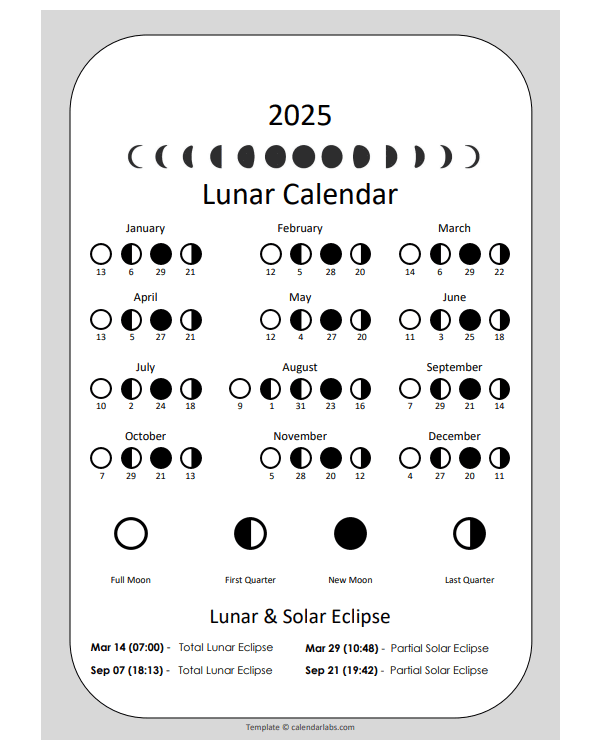
The moon, our celestial companion, has captivated humanity for millennia. Its waxing and waning phases, intertwined with the tides and even the growth of plants, have long been observed and incorporated into various cultures and traditions. The January 2025 moon calendar provides a detailed roadmap of these lunar phases, offering insights into the subtle influences that govern our natural world and potentially, our lives.
Understanding the Lunar Cycle
The moon’s journey around the Earth, a period known as a synodic month, takes approximately 29.5 days. During this cycle, the amount of sunlight reflected by the moon, as seen from Earth, changes, resulting in the familiar phases we observe. These phases, from the dark new moon to the full moon bathed in silver light, are not merely visual spectacles. They hold significance in various disciplines, from astrology to gardening to even personal well-being.
The January 2025 Moon Calendar: A Detailed Breakdown
The January 2025 moon calendar outlines the precise timing of each lunar phase, providing valuable information for diverse applications. Here’s a breakdown of the key phases and their potential significance:
New Moon:
- Date: January 2, 2025
- Significance: A time for new beginnings, setting intentions, and reflecting on personal goals. This phase is associated with introspection, letting go of the past, and embracing fresh starts.
Waxing Crescent:
- Date: January 3-7, 2025
- Significance: A period of growth, expansion, and optimism. This phase is ideal for initiating projects, nurturing relationships, and embracing opportunities.
First Quarter:
- Date: January 8, 2025
- Significance: A time for action, taking charge, and asserting oneself. This phase is associated with taking initiative, making decisions, and pushing forward with plans.
Waxing Gibbous:
- Date: January 9-14, 2025
- Significance: A time for refinement, building momentum, and focusing on details. This phase is ideal for completing tasks, fine-tuning projects, and consolidating gains.
Full Moon:
- Date: January 15, 2025
- Significance: A time for culmination, release, and emotional intensity. This phase is associated with heightened emotions, reaching milestones, and achieving clarity.
Waning Gibbous:
- Date: January 16-21, 2025
- Significance: A time for reflection, gratitude, and letting go. This phase is ideal for reviewing progress, expressing appreciation, and releasing burdens.
Last Quarter:
- Date: January 22, 2025
- Significance: A time for introspection, letting go of what no longer serves, and seeking balance. This phase is associated with releasing negativity, making amends, and finding inner peace.
Waning Crescent:
- Date: January 23-31, 2025
- Significance: A time for rest, rejuvenation, and preparing for the new lunar cycle. This phase is ideal for slowing down, focusing on self-care, and gathering strength.
Beyond the Phases: Additional Insights
The January 2025 moon calendar also provides information beyond the basic phases. It often includes:
- Lunar Nodes: These points represent the intersection of the moon’s orbit with the ecliptic, the plane of the Earth’s orbit around the Sun. They can influence major life events and transitions.
- Lunar Eclipses: When the Earth passes between the Sun and the Moon, casting a shadow on the lunar surface, a lunar eclipse occurs. These events can be powerful times for introspection and transformation.
- Solar Eclipses: While not directly related to the lunar cycle, solar eclipses, which occur when the Moon passes between the Sun and the Earth, can also be found on some moon calendars. These events can be significant for new beginnings and major life changes.
The Benefits of Utilizing a Moon Calendar
Beyond its astronomical significance, the January 2025 moon calendar offers a variety of benefits:
- Enhanced Self-Awareness: By understanding the lunar phases and their potential influence, individuals can gain a deeper understanding of their own emotions, energy levels, and patterns of behavior.
- Improved Decision-Making: The moon calendar can provide insights into optimal times for initiating projects, making significant decisions, or taking important actions.
- Enhanced Well-being: Aligning daily routines and activities with the lunar cycle can promote a sense of harmony and balance, fostering greater well-being.
- Successful Gardening: Many gardeners use the moon calendar to guide planting, pruning, and harvesting activities, enhancing the growth and vitality of their crops.
- Increased Intuition: By tuning in to the natural rhythms of the moon, individuals may experience a heightened sense of intuition, guiding them towards their true path.
FAQs: Addressing Common Questions
1. What is the difference between a lunar month and a calendar month?
A lunar month is based on the moon’s cycle, lasting approximately 29.5 days. A calendar month is based on the solar year, with varying lengths depending on the specific calendar system.
2. How accurate are moon calendars?
Moon calendars are based on astronomical calculations and are highly accurate. However, it’s essential to consult reputable sources and cross-reference information from different calendars.
3. Can the moon calendar predict my future?
While the moon calendar can provide insights into potential influences and cycles, it does not predict the future. It is a tool for self-awareness and understanding, not a fortune-telling device.
4. How can I use the moon calendar in my daily life?
The moon calendar can be incorporated into various aspects of life, from planning projects and setting intentions to practicing self-care and aligning with natural rhythms.
5. What are the best resources for finding a reliable moon calendar?
Numerous online resources and apps provide accurate and detailed moon calendars. It’s essential to choose reputable sources with a strong foundation in astronomy and astrology.
Tips for Utilizing the January 2025 Moon Calendar
- Track the Phases: Mark important dates for each lunar phase on your calendar or planner.
- Reflect and Observe: Take time to reflect on your experiences during each phase, noticing any patterns or influences.
- Align Your Activities: Plan activities and tasks based on the energy of each phase.
- Embrace the Flow: Allow yourself to flow with the natural rhythms of the moon, embracing both periods of activity and stillness.
- Trust Your Intuition: Listen to your inner guidance and make choices that resonate with you.
Conclusion
The January 2025 moon calendar is a valuable tool for navigating the lunar landscape and understanding its subtle influences. By harnessing the insights it offers, individuals can cultivate a deeper connection with the natural world, enhance their self-awareness, and make choices that align with their personal goals and aspirations. Embracing the wisdom of the moon can empower us to live more harmoniously with ourselves and the universe around us.
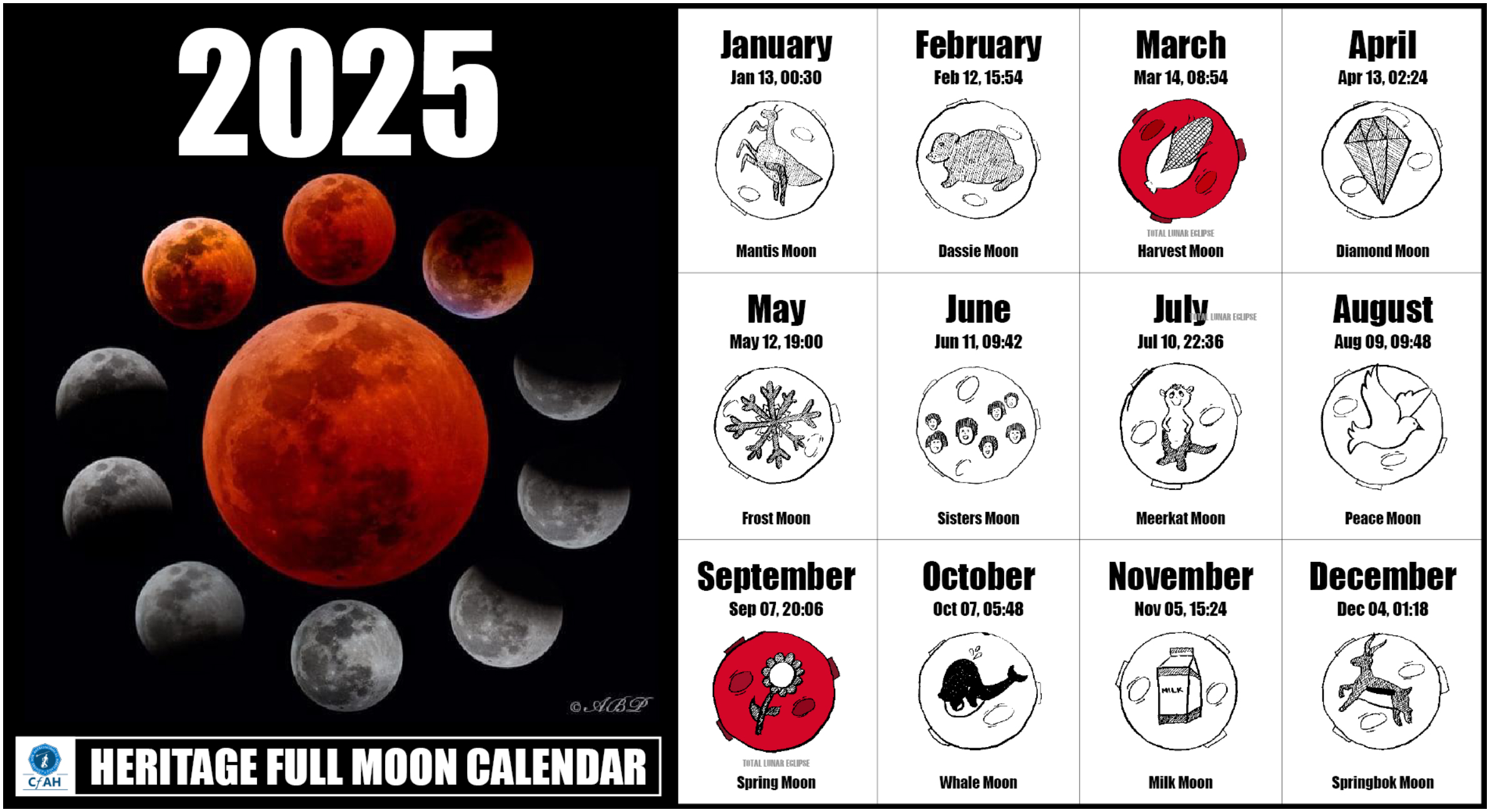
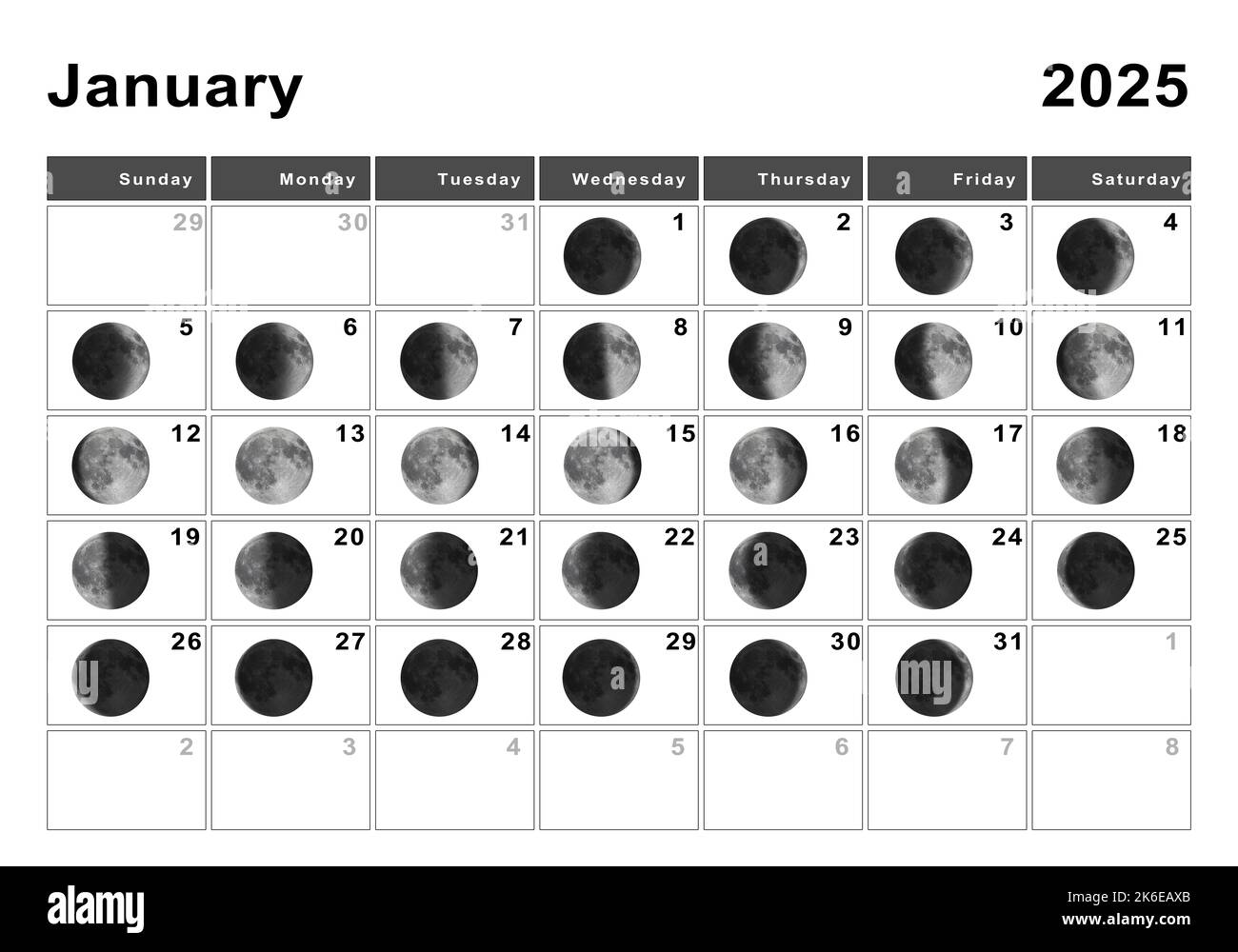
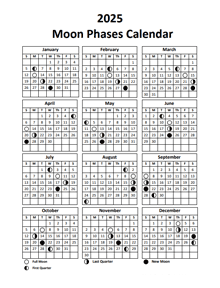
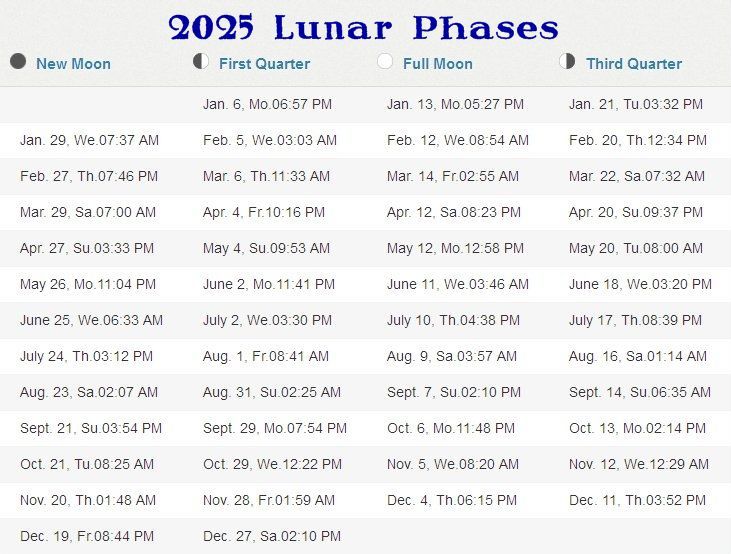
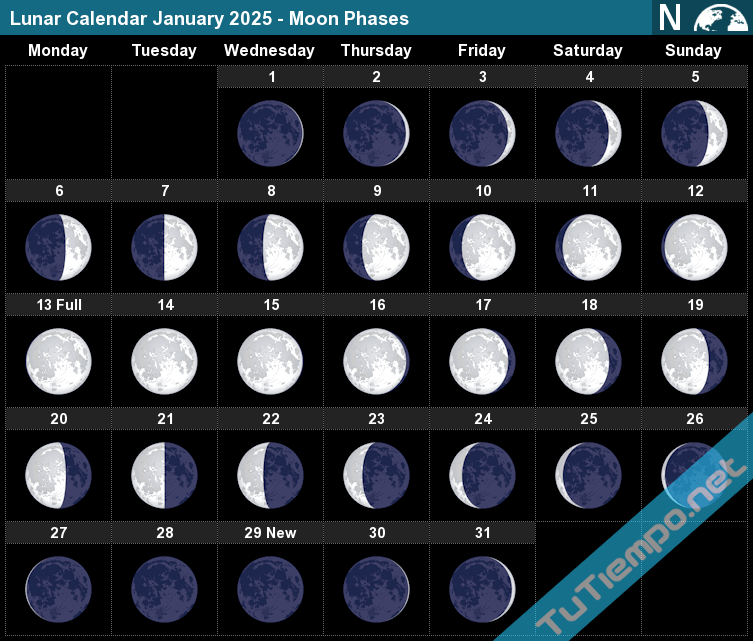
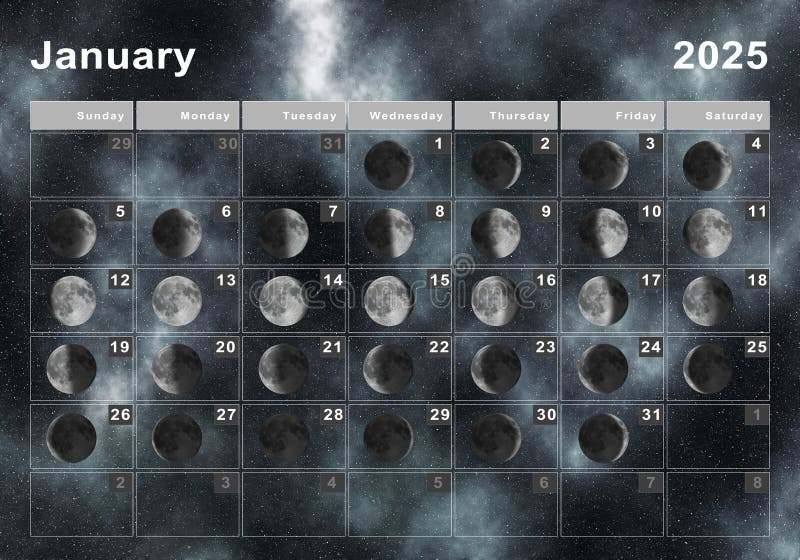
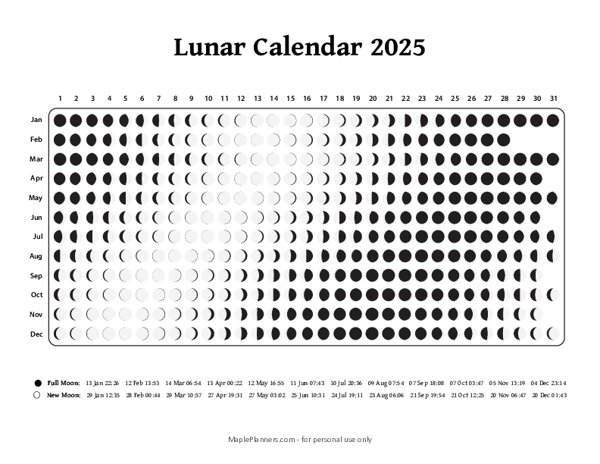
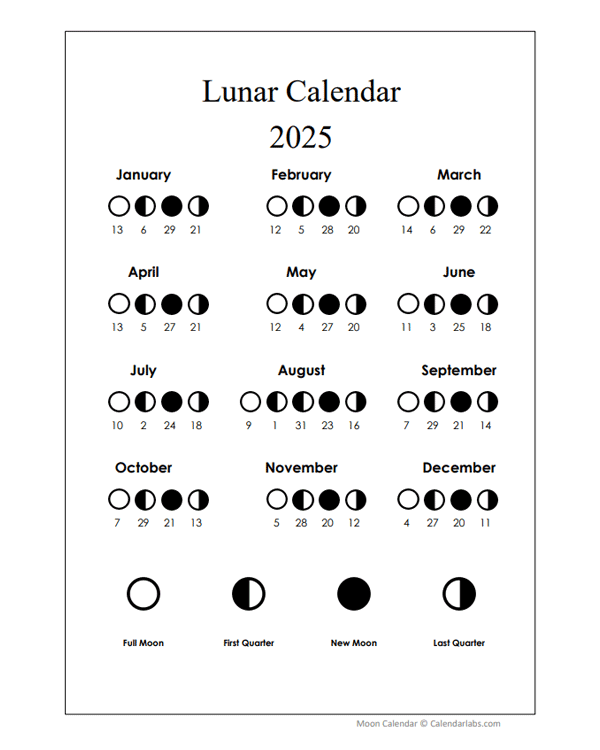
Closure
Thus, we hope this article has provided valuable insights into Navigating the Lunar Landscape: A Guide to the January 2025 Moon Calendar. We thank you for taking the time to read this article. See you in our next article!